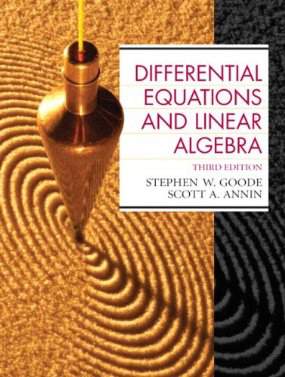Connecting...

This is a quick preview of the lesson. For full access, please Log In or Sign up.
For more information, please see full course syllabus of Differential Equations
For more information, please see full course syllabus of Differential Equations
Differential Equations Applications, Modeling, & Word Problems of First-Order Equations
Lecture Description
In this lesson, our instructor Will Murray gives an introduction on applications, modeling, and word problems. He discusses mixing, population, finance, set variables, writing differential equations, solving it and answering questions.
Bookmark & Share
Embed
Share this knowledge with your friends!
Copy & Paste this embed code into your website’s HTML
Please ensure that your website editor is in text mode when you paste the code.(In Wordpress, the mode button is on the top right corner.)
×
Since this lesson is not free, only the preview will appear on your website.
- - Allow users to view the embedded video in full-size.
Next Lecture
Previous Lecture










































 Answer Engine
Answer Engine






3 answers
Sun Jan 18, 2015 10:43 AM
Post by Josh Winfield on July 1, 2014
For those interested; for example 5 i got-
y(t)=240000-220000e^(t/240) and t = 20.88 months to pay off loan.
1 answer
Tue Jan 7, 2014 11:45 AM
Post by Clarke Pitney on December 26, 2013
Hello Prof. Murray,
Thank you for your great presentation.
Why does k stay constant through the first and second parts of the equation? In the first part of the problem, k was calculated on the population doubling every 69 years with no decrease from hunting.
As a follow up question, if this problem had only been given as the second part (i.e. including the decrease of 20 per year by hunting) could we still have solved for k?
4 answers
Fri Oct 4, 2013 6:50 PM
Post by Edward Shih on June 22, 2013
Greetings Professor Murray,
Correct me if I'm wrong, but for Example 1 when we integrate (3/10)e^(t/10), shouldn't we obtain (3/100)e^(t/10) instead of 3e^(t/10)?
Thanks for your time.